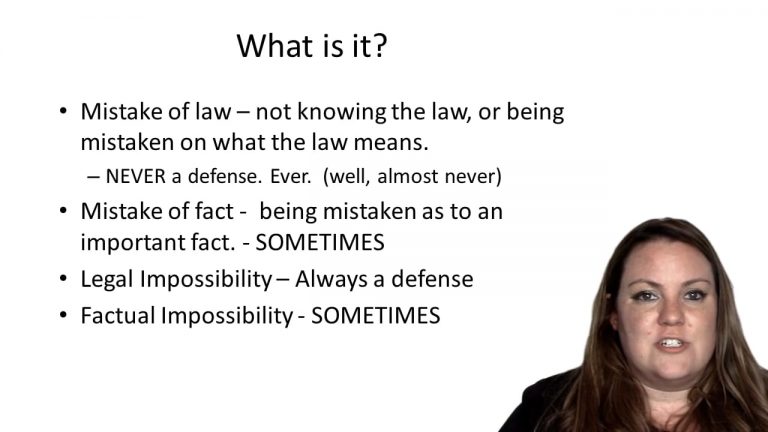SmartBrief
Confirm favorite deletion?
Criminal Law Keyed to Lee
United States v. Clegg
Citation:
846 F.2d 1221 (9th Circ. 1988)Facts
Clegg taught at an American school in Pakistan. According to Clegg, United States officials assisted his efforts to supply weapons to Afghan rebels resisting Soviet occupation of their country. Believing that this solicitation from United States officials constituted official permission to transport weapons, Clegg smuggled firearms through Pakistan. He was arrested, and was charged with exporting firearms in violation of several statutes.
In his defense, he sought to prove that he acted in a reasonable good-faith reliance on statements from the United States officials, which led him to believe that he was lawfully transporting the firearms. In order to prove his defense, he sought discovery of classified information to assist in proving that the United States officials encouraged his actions. The Government filed a pre-trial motion to prevent access to this material, but the trial court granted Clegg access to the classified materials. The Government appealed.
Only StudyBuddy Pro offers the complete Case Brief Anatomy*
Access the most important case brief elements for optimal case understanding.
*Case Brief Anatomy includes: Brief Prologue, Complete Case Brief, Brief Epilogue
- The Brief Prologue provides necessary case brief introductory information and includes:
Topic:
Identifies the topic of law and where this case fits within your course outline.Parties:
Identifies the cast of characters involved in the case.Procedural Posture & History:
Shares the case history with how lower courts have ruled on the matter.Case Key Terms, Acts, Doctrines, etc.:
A case specific Legal Term Dictionary.Case Doctrines, Acts, Statutes, Amendments and Treatises:
Identifies and Defines Legal Authority used in this case.
- The Case Brief is the complete case summarized and authored in the traditional Law School I.R.A.C. format. The Pro case brief includes:
Brief Facts:
A Synopsis of the Facts of the case.Rule of Law:
Identifies the Legal Principle the Court used in deciding the case.Facts:
What are the factual circumstances that gave rise to the civil or criminal case? What is the relationship of the Parties that are involved in the case.Issue(s):
Lists the Questions of Law that are raised by the Facts of the case.Holding:
Shares the Court's answer to the legal questions raised in the issue.Concurring / Dissenting Opinions:
Includes valuable concurring or dissenting opinions and their key points.Reasoning and Analysis:
Identifies the chain of argument(s) which led the judges to rule as they did.
- The Brief Prologue closes the case brief with important forward-looking discussion and includes:
Policy:
Identifies the Policy if any that has been established by the case.Court Direction:
Shares where the Court went from here for this case.
Topic Resources
Topic Outline
Topic Refresher Course

 7m 21s
7m 21s